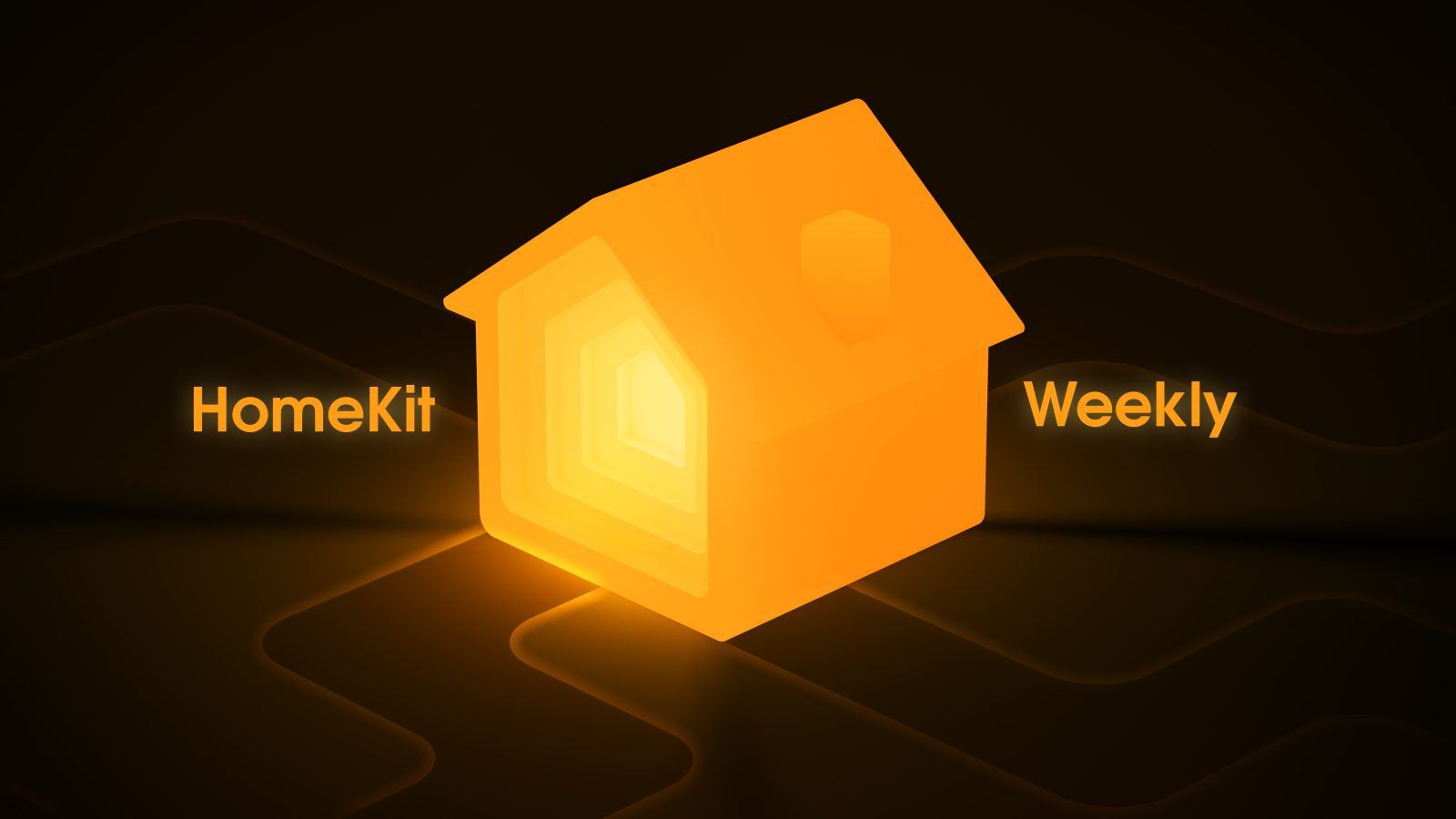
HomeKit Weekly is a series focused on smart home accessories, automation tips and tricks, and everything to do with Apple’s smart home framework.
We’re halfway through August, but summer doesn’t feel anywhere near like letting up: it’s hot outside! Luckily there are lots of ways to keep cool indoors — including four methods that work with HomeKit and Siri. Controlling cooling with HomeKit doesn’t have to be expensive either.
Smart Plug + Fan
Connecting a floor fan or window A/C unit to a HomeKit smart plug is the easiest and cheapest way to control cooling with Siri. Any model of the iHome Smart Plug that works with HomeKit for under $30 is my preferred smart switch.
In my office, I connect an iHome Smart Plug to a small flat panel Vornado fan set to its highest speed. In the Home app, you can assign the plug type as a fan (versus light or outlet) so Siri knows it’s connected to a fan and the accessory icon can match.
My house has a back porch area that is indoors but lacks central cooling, unlike the rest of the house. A basic window A/C unit was already installed when I moved in, so I simply added a HomeKit smart plug to the setup and assigned it as a fan to make it easily controlled by HomeKit as well.

This approach is super easy, relatively inexpensive, and made better by the Home app’s ability to assign smart switches as fans for proper support. The only real downside is missing out on fine tuned controls like changing target temperature and fan speed.
Also note that this works with any fan that works as soon as it’s powered on if left in the right mode; some fans require additional interaction to work but you can test before buying a smart switch by just unplugging and plugging the fan to the power source.
Smart Ceiling Fan
If you want more control, consider a HomeKit connected ceiling fan. Hunter Connect (reviewed) is my go-to solution. You get all the functions of a standard ceiling fan including speed and direction control, an integrated LED light, and a wall-mountable remote — plus complete Siri and Home app control.
Speed options include 25%, 50%, and 100% intervals, spinning direction can change between clockwise and counterclockwise (clockwise for winter to redistribute warm air; counterclockwise for summer to create a cool downdraft), and the integrated LED light appears in HomeKit as a separate accessory.

Expect to pay around $300 and installation is required, but the result is tremendous convenience — especially if you have a HomePod in the room for voice control. There’s nothing cooler than laying in bed, deciding it’s too hot and you’d prefer the fan on, and turning it on at your desired speed without moving a muscle.
Smart Thermostat
A more common and medium-priced option is a smart thermostat that works with HomeKit. I personally use an ecobee 4 (reviewed) that features built-in Alexa integration, but the cheaper ecobee 3 lite is my recommendation if HomeKit control is your primary goal.
Smart thermostats let you control your HVAC system using iOS apps, Apple’s Home app, and Siri so you can switch between heating and cooling, set the desired temperature, and toggle your system on and off without ever touching the thermostat — you can even control your HVAC system away from home.

Other smart thermostat options work with HomeKit too, but I prefer ecobee and its expandable sensors for measuring temperature and presence by room. Installation is required, but this is generally a one-and-done experience.
Smart Window A/C Unit
The last option is a newer solution we’ve seen come to market recently: smart window A/C units that work with HomeKit. Priced at $279, the GE AHP08LX, an 8,000 BTU unit, has been exclusively available from Lowe’s since spring. Larger (and pricier) 10,000 BTU and 12,000 BTU units are also available now. This solution costs a bit more than the quick and easy smart plug approach, but you get much more control than just on and off. Setting up the GE unit is also super easy.

Simply unbox it, connect it to power, scan the HomeKit set up code on the side, assign the unit to a room in HomeKit, then you’re set. In addition to using Siri and the Home app to turn the window A/C unit on and off, you can also adjust the target temperature. GE’s iOS app and physical remote offer more programming options like fan speed and energy mode.


I can definitely say the proper HomeKit experience it offers is worth your consideration. It’s extremely simple to set up (you don’t even need to install GE’s app) and controlling it with voice is straightforward.
Catch up on earlier HomeKit Weekly entries below:
- Getting started with Apple’s Home app on iPhone, iPad, and Apple Watch
- Turning your old garage door into a Siri-controlled entrance
- Using Automation to put sensors to work
- Automating outdoor lights on and off based on sunset/sunrise and time
- Using hardware buttons to make smart lights familiar for guests and family
- Personalizing icons for lamps, bulbs, and other lights
- Replacing your keys with Siri, Control Center, and automation
- Home app debuts on Mac in macOS Mojave
- Nanoleaf Remote is the most capable (and colorful) controller
Subscribe to 9to5Mac on YouTube for more Apple news:
FTC: We use income earning auto affiliate links. More.




Comments